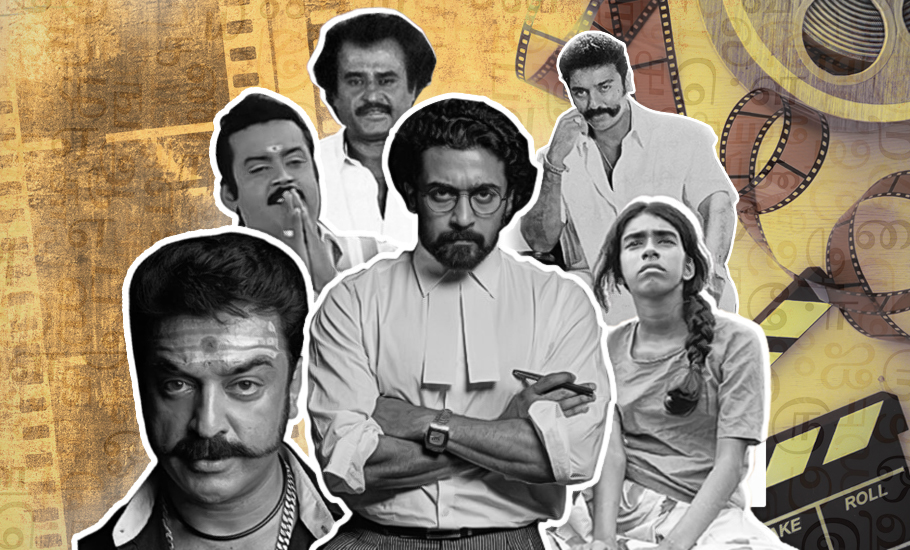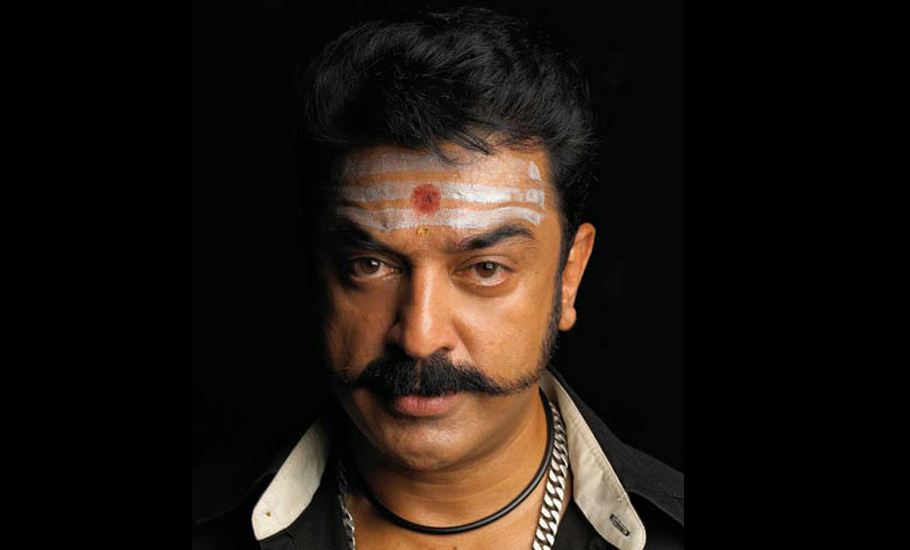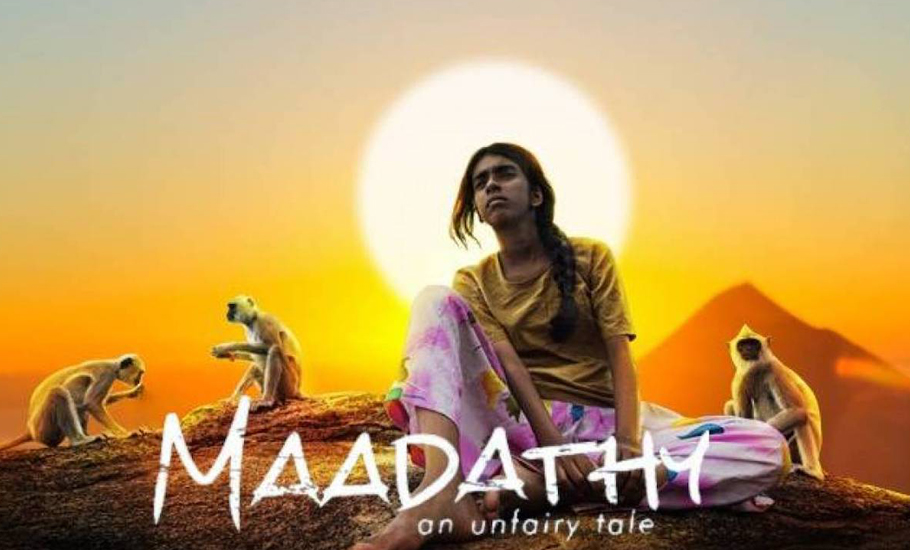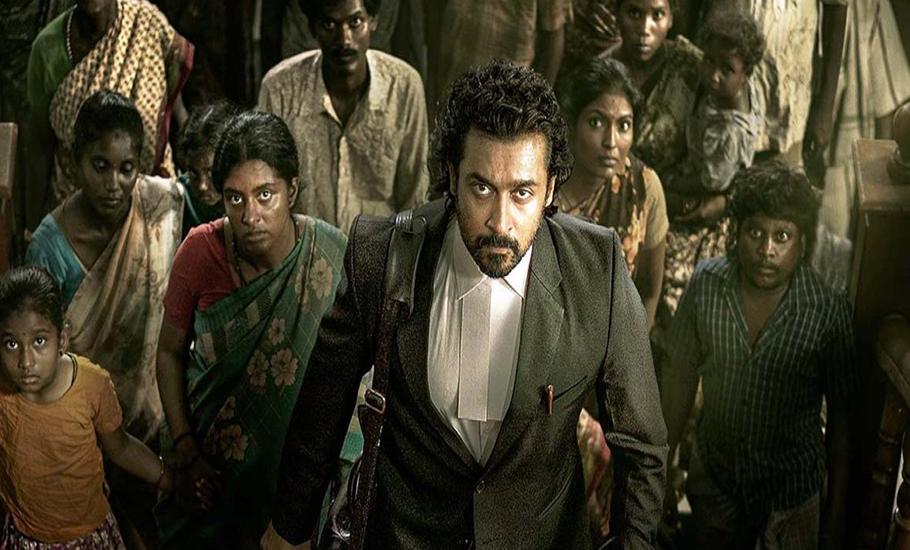
- Home
- India
- World
- Premium
- THE FEDERAL SPECIAL
- Analysis
- States
- Perspective
- Videos
- Sports
- Education
- Entertainment
- Elections
- Features
- Health
- Business
- Series
- In memoriam: Sheikh Mujibur Rahman
- Bishnoi's Men
- NEET TANGLE
- Economy Series
- Earth Day
- Kashmir’s Frozen Turbulence
- India@75
- The legend of Ramjanmabhoomi
- Liberalisation@30
- How to tame a dragon
- Celebrating biodiversity
- Farm Matters
- 50 days of solitude
- Bringing Migrants Home
- Budget 2020
- Jharkhand Votes
- The Federal Investigates
- The Federal Impact
- Vanishing Sand
- Gandhi @ 150
- Andhra Today
- Field report
- Operation Gulmarg
- Pandemic @1 Mn in India
- The Federal Year-End
- The Zero Year
- Science
- Brand studio
- Newsletter
- Elections 2024
- Events
- Home
- IndiaIndia
- World
- Analysis
- StatesStates
- PerspectivePerspective
- VideosVideos
- Sports
- Education
- Entertainment
- ElectionsElections
- Features
- Health
- BusinessBusiness
- Premium
- Loading...
Premium - Events

Tamil films and caste realities: What's pricking the fragile egos

The sheer scale of injustice meted out to Rajakannu, his wife and two children, one still in the womb, depicted in TJ Gnanavel’s movie Jai Bhim, has led to animated discussions about the portrayal of socially marginalised communities in Tamil cinema. Suriya plays advocate K Chandru, a real-life legal crusader, who fought the case in 1993 on behalf of a young Irula tribe woman, Parvathi,...
The sheer scale of injustice meted out to Rajakannu, his wife and two children, one still in the womb, depicted in TJ Gnanavel’s movie Jai Bhim, has led to animated discussions about the portrayal of socially marginalised communities in Tamil cinema.
Suriya plays advocate K Chandru, a real-life legal crusader, who fought the case in 1993 on behalf of a young Irula tribe woman, Parvathi, whose husband, Rajakannu, was arrested on a false charge of theft and died in custody due to police torture. Overnight, the movie became a success story.
Brickbats followed soon, one by one, from the most expected quarters – the viewers.
The first controversy was over the character of IG Perumalsami (played by Prakash Raj), who slaps a witness for giving his answers in Hindi. The second, a legal notice against Suriya and Amazon Prime, issued by the Vanniyar community for portraying them in a poor light ‘with intent to harm the reputation and goodwill of the community’. Last heard, actor Suriya has shot off a letter to Anbumani Ramadoss of the Pattali Makkal Katchi party explaining, among other things, that he meant no ill will. Caste playing on from reel to real, from Tamil cinema to Tamil politics.
There is perhaps no other contemporary cinema that can match Tamil cinema in its portrayal of caste realities. What could possibly explain Tamil movies giving voice to the socially marginalised – through movies of Pa Ranjith, Vetri Maaran, P Samuthirakani – is how intricately cinema and politics are linked in the state. With cinema being the political launch pad for many stars, its metamorphosis as a political tool was inevitable.
Tamil films in the 1930s were based on Puranas due to a Brahminical influence on the industry. In the 1950s, as the Dravidian movement peaked, Tamil films took an anti-Brahminical stance.
Prior to the 1950s, most Tamil films centred on narratives of Caste Hindus. The upper caste of the protagonists is reflected in their surnames. Films such as Uthamaputhiran (1940), Sabapathy (1941) and Vazhkkai (1949) came to define the period. While the movies had upper caste protagonists, they did address caste practices, even if subtly.
By the end of this period, social inequality began to be dealt with more vocally in Tamil cinema. MG Ramachandran, who plays the protagonist hailing from the lowest rung of the social order in Madurai Veeran (1956), is slapped for touching the princess while rescuing her. Madurai Veeran along with Thaikku Pin Thaaram (1956) and Thayilla Pillai (1961) vocally batted for social equality. This trend continued till the 1980s.
The 1990s saw the emergence of movies that dealt with intermediate castes. The phase coincided with emergence of caste-based political parties both in the north and south of India, including the state of Tamil Nadu. Kamal Haasan’s Thevar Magan (1992) is a defining film from the period which also saw movies like Rajinikanth’s Ejamaan (1993) and Mammooty’s Maru Malarchi (1998). In most of these films the hero remained a Caste Hindu, which could be gauged from the fact that others either bowed before him or followed his bidding like carrying the umbrella for him, or fetching water and food for him.
A lot has changed since even as a lot of ground remains to be covered. In recent Tamil movies, Dalits are portrayed as meek people. While their plight is talked about in many movies, someone from an intermediate/upper caste helps the Dalit fight inequality or raise his voice against injustice. Pariyerum Perumal (2018) proves to be an aberration on that count where the protagonist is Dalit.
Changing narrative
The longevity and success of movies like Attakathi (2012), Visaranai (2015), Kabali (2016), Pariyerum Perumal, Kaala (2018), Asuran (2019), Karnan (2021) and Sarpatta Parambarai (2021) are because they have been directed by men of a different ilk. According to Tamil movie critic Stalin Rangarajan, these movies give a narrative from the Dalit perspective and the creators themselves are writers, journalists, exponents of Dalit literature, art forms and culture. They have a greater social concern.
“Movie-making for them is an alternative ideology.” In his review of the book, Thamizh Cinema -Punaivil Iyangum Samoogam, film critic and journalist Bharadwaj Rangan, says author Stalin talks about the differences in the reel-narrative of the Dalit cause, from early 1980s to late 1990s. In movies like Muthal Mariyathai (1985) and Vedham Pudhithu (1987), the lead actors are from the Thevar community and power-holders in their own right, albeit in a progressive package.

This ‘progressive but patronising’ approach shifted a little towards the mid-1980s and became wholly commercial, like in Yajaman (1993), Virumandi (2004), Chinna Gounder (1991) and Thevar Magan (1992), talking again about hero machismo, again of the dominant caste group, glorified by the masses. All these movies had one similarity – the voice of the Dalit was never raised.
But the last decade has shown a continental shift in the storytelling of the Dalit angst.
OTT and mainstreaming of marginalisation
There is a contention that OTT has helped popularise the caste-based films that ostensibly give voice to the voiceless.
So have OTT platforms triggered a trend now, or is the popularity of caste-based films a farce, encouraged by the pandemic-struck viewer who will watch anything as long as it’s new?
“OTTs are neither a revolution nor the saviours of good cinema. They are simply companies that mint money in billions by being a platform for cinema in a pandemic,” says Leena Manimekalai, the director of Maadathy: An Unfairy Tale.

While some believe that the OTT platform is a boon for filmmakers who now have ‘a safe place’ (apparently not anymore) to make ‘commercially unsafe movies’, activist-artist directors like Manimekalai and Arun Karthick, director of Nasir (2020), feel that OTT platforms are simply a ‘manipulative’ means of distributing content. “Assured of their customer database, they simply go ahead and select their movies,” says Arun.
“I think the OTT platform has more pros than cons,” says A Chandrasekhar, Malayalam film critic for more than 30 years and a five-time state award winner, who has written more than 20 books on cinema.
“Its greatest contribution is that it has created a new type of viewer. He is cosmopolitan in his selection of content and language; he demands a percentage of sex, violence, heroic grandstandings and more. He can watch a slapstick comedy in Malayalam, a courtroom drama in Hindi, a whodunnit in Spanish, and when he just feels like it – a hard-hitting movie on the gruesome reality of deep-rooted casteism in a remote hamlet in Tamil Nadu. He may be fast-forwarding it a bit, especially the gory parts, but at least he is exposed to it,” Chandrasekhar says.
Caste-based movies have definitely garnered more reach on the OTT platform after theatrical releases. Marathi films such as Court (2014) and Sairat (2016), Hindi movie Article 15 (2019) have all been talking about the caste malaise in our culture, says Chandrasekhar.
“But these platforms have sparked new kinds of story-telling techniques, more in web series like Paatal Lok, Family Man, Leila, doing it blatantly and cold-bloodedly, giving a taste and texture of meaningful but unmentionable themes,” he adds.
Also, Chandrasekhar asks, why does one have to question the moral intentions of these directors? The fact that they are taking a risk by steering away from the conventional blockbuster formulae and choosing to supply a narrative on forbidden themes such as religion, or caste, albeit selling it like a commercial product, the effort itself is commendable. “If it were a marketing stunt between the filmmakers and the OTT platforms, these films wouldn’t have lasted this long.”
Masculine protagonist – Brahmin or Dalit
“Tamil releases such as Kaala, Asuran, Karnan have the Dalit as the protagonist. His characterisation may be the same – masculine and militant. But he is entrusted with the singular task of questioning and fighting against the social hierarchy,” Stalin says. One cannot change the expected formula of an entire population overnight. “But the mass mood today is still casteist and having realised that, the OTT platforms are selling it like a brand, giving it a higher, larger and lucrative tint,” he adds.
Manimekalai says nothing has changed. The hero is still supreme, minus a few exaggerations, and the Dalit female gaze is still conspicuous by its absence. “All that has been offered to women throughout the history of filmmaking is Brahmin masculinity, non-Brahmin masculinity and now, Dalit masculinity,” she says.
“They are yet another form of hero-driven vehicles of machismo narratives that want you to believe that these supermen will come with axes, sickles, and even the rule of law from somewhere and annihilate caste.”
If that were the case, Manimekalai says, a hypermasculine screen-God like MGR could have made a difference and Tamil Nadu should have become an egalitarian state by now.
Whether or not egalitarianism is within reach, support for Jai Bhim is only rising. With the film being hit one controversy-a-day, the entire Tamil film industry has thrown its weight behind Suriya with supporters on social media touting the actor’s philanthropic endeavours and the fact that Jai Bhim is one of the first films to score 9.6 on IMDB.

“Any film that exposes the ugly reality about our society will be subject to controversy as we people like to push all the dirt under our carpets,” says Twitter user Jogulamba, who identifies herself as an entrepreneur and analyst.
Digitalised or otherwise, Dalit-centric movies will always have gravitas in the Tamil film industry.
